Plastic waste has become a key political topic in recent years, in part driven by documentaries highlighting the impact of plastic on our oceans. As a result, businesses have sought to cut their use of single-use plastics, from plastic bags and straws to packaging.
This change in preference is quite likely being driven in no small part by public perception. Consumers overwhelmingly support making choices to reduce their carbon footprint, and 62% of people in Australia believe that cardboard packaging is more sustainable than the alternatives.
However, are consumers correct; does plastic-free always mean ecological? The statistics suggest otherwise, meaning working with HLP Klearfold who provide ecologically-produced, recyclable plastic packaging will reduce your carbon emissions.
At HLP Klearfold, we are always working tirelessly to minimise our – and our clients’ – impact on the environment. Our innovative products including 100% Post Consumer Waste and Klearfold® RPET 100 are made entirely from waste plastic and are completely recyclable, while offering significantly reduced carbon emissions when compared to cardboard.
Plastic packaging as a low carbon alternative
Despite what many may think, as far as carbon emissions are concerned, plastic packaging is far more ecological than the cardboard alternative when taking into account the lifetime of the packaging.
In the first instance, paper and cardboard products take a huge amount of energy to produce. To manufacture paper, a tree must first be cut down, and crushed into small fibers. Following this, it is mixed into a slurry and passed through huge industrial rollers. It is a process that takes an enormous amount of energy. In comparison, plastic packaging requires little energy to produce.
If you are a food manufacturer, then plastic packaging plays an even more important part in lowering your emissions. A recent study showed that food waste is responsible for 6% of global greenhouse gas emissions. With plastic packaging helping to maintain your produce for longer, it can help to reduce food waste, which not only improves your bottom line but the environment too.
How to go green using plastic packaging
If your company is truly dedicated to reducing its carbon footprint, it is likely that switching back to – or sticking with – plastic packaging is the right decision for you.
This may seem like a brave decision in a period of time when people are reducing their plastic usage. However, 80% of people in the Australia claimed they were either very or fairly concerned about climate change in 2019, so being transparent and explaining your decision to your customers is likely to improve their perception of your packaging.
It is crucial, however, that you choose the plastic packaging that is created in the most environmentally-friendly way you can. Plastic doesn’t always need to mean greater landfill – as our 100% Post Consumer Waste packaging proves. HLP Klearfold can help you to simultaneously reduce the UK’s reliance on landfill, and your CO2 emissions by taking plastic waste and recycling it into your new packaging. It is also 100% recyclable in itself.
Meanwhile it’s important to encourage your customers to recycle. If your customers are fully aware that your packaging is recyclable, they will be more likely to ensure it doesn’t end up in landfill.
Let HLP Klearfold help you reduce your carbon footprint
We are available to talk you through in detail how our plastic packaging can help you to reduce your carbon footprint. We can also provide free samples of our most environmentally-friendly options so that you can be assured that you will receive the best possible product.


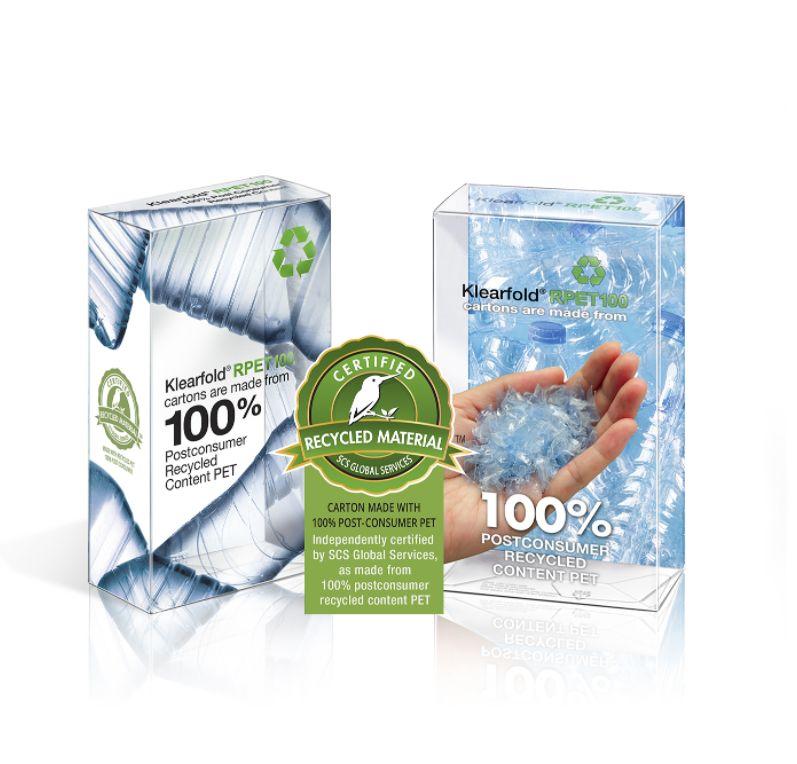
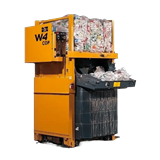

-160x160-state_article-rel-cat.png)


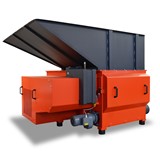


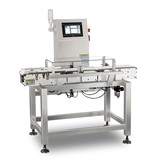
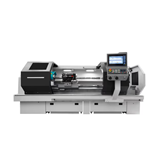





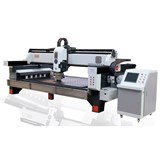
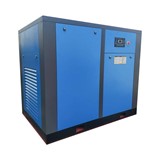

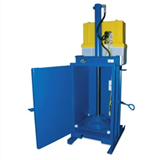

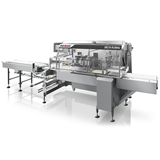
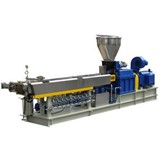

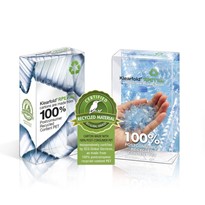

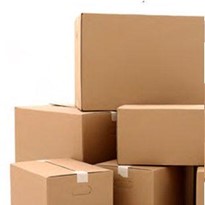
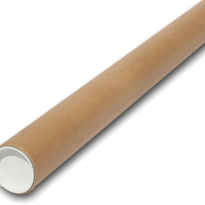






-205x205.jpg)
